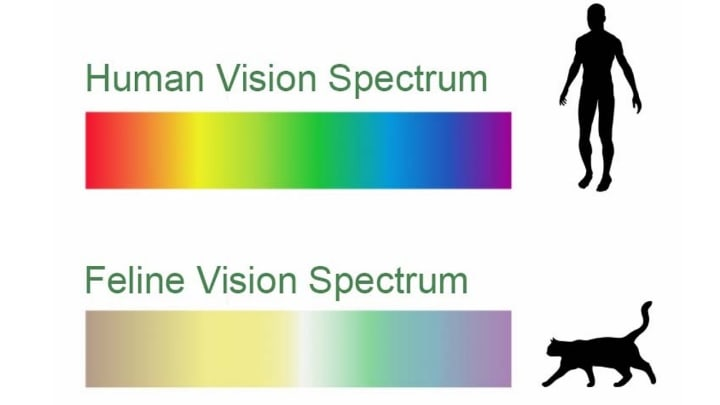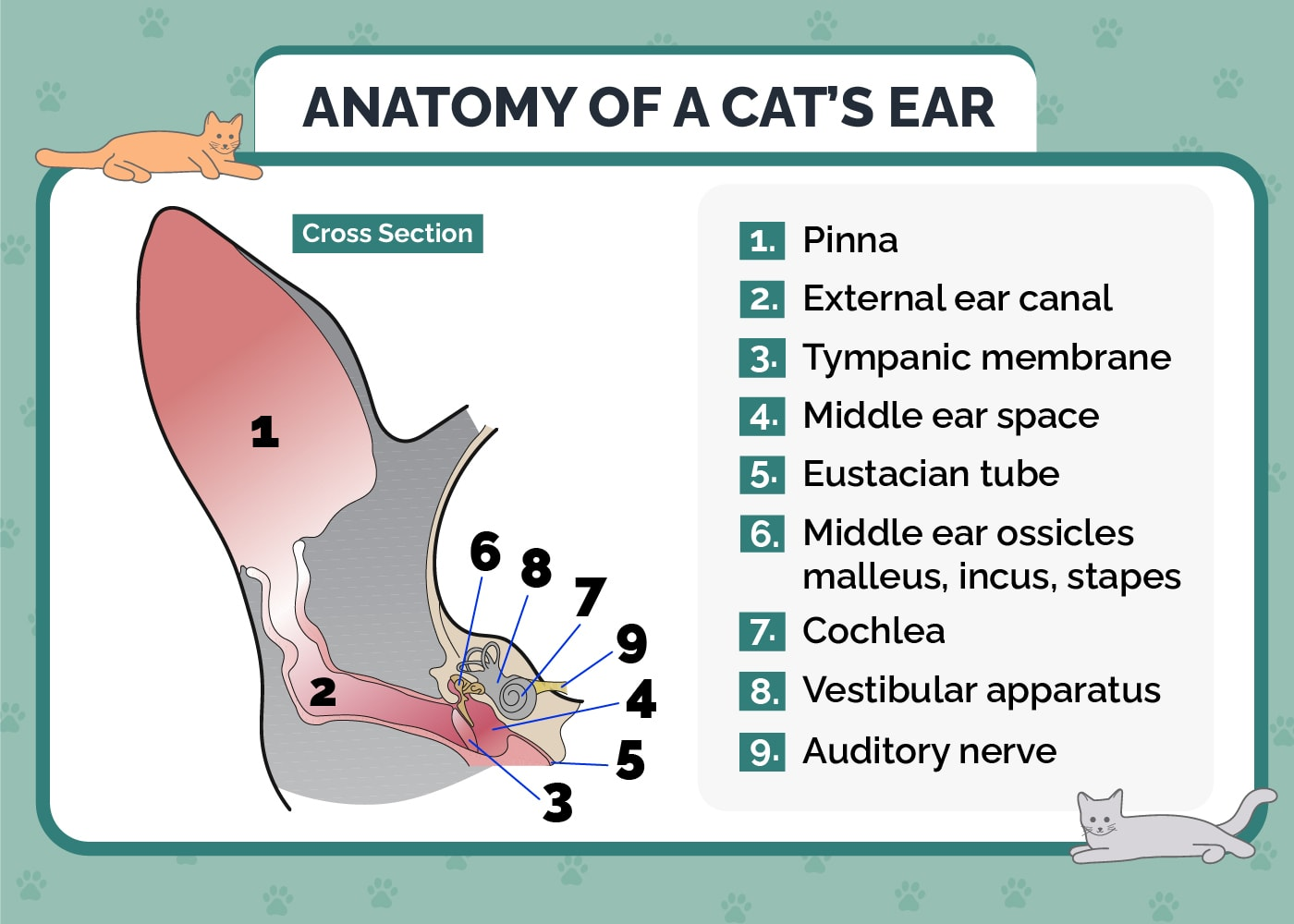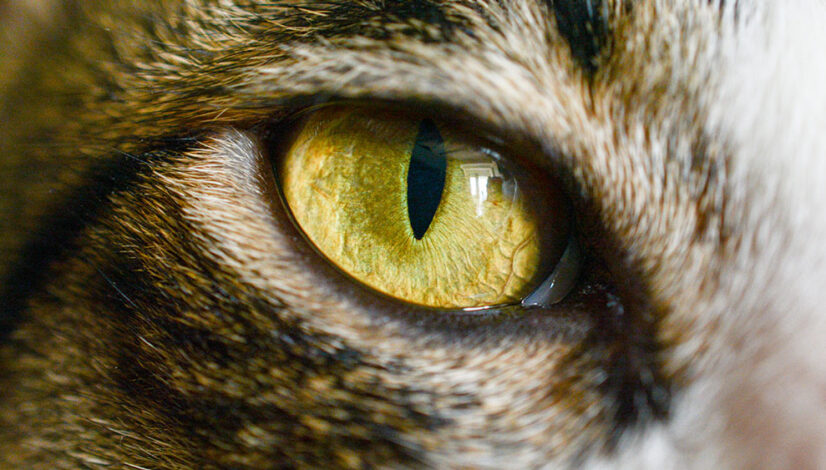Why Cats Can See Things That Aren’t There
Membership Spotlight By LT Tamara Fisher, Chief Science Officer, USS Renaissance - R13
According to folklore, cats can see ghosts and that’s almost true. A cat’s vision is shifted from ours towards the UV Spectrum, so they actually see more shadows than we do. Is your cat staring into space? Is your cat staring at a wall or does your cat see things that are eyeballs just aren’t adapted for? That’s up to you to decide, but the science supports the idea that the cat is just seeing something that our eyeballs aren’t adapted to.
Ultraviolet Vision: A Superpower
Cats possess a unique ability to see ultraviolet (UV) light, which is invisible to the human eye. This means they can detect patterns and movements that we simply cannot perceive. For instance, certain materials and substances reflect UV light, making them visible to cats but not to us. This ability allows cats to see traces of urine marks, which can be helpful for hunting and territorial purposes.


Superior Motion Detection
Cats are equipped with a high number of rod cells in their retinas, which are responsible for detecting motion and seeing in low light conditions. In fact, cats have about six times more rod cells than humans1. This heightened sensitivity to movement means that even the slightest flicker or shadow can catch their attention, making it seem like they are seeing something invisible.
Exceptional Hearing
In addition to their remarkable vision, cats have an extraordinary range of hearing. They can detect frequencies between 48 Hz and 85 kHz, far beyond the human hearing range. This allows them to hear the faintest sounds, such as the rustling of a tiny insect or the movement of a small rodent, which might be imperceptible to us.
The Role of Amodal Completion
Amodal completion is a perceptual phenomenon where the brain fills in gaps in the visual field, allowing us to perceive a complete object even when parts of it are obscured. This process is not unique to humans; cats also experience amodal completion. For example, if a cat sees part of an object behind a barrier, their brain will complete the image, making it appear as though they are seeing the entire object.
Hyperesthesia Syndrome
In some cases, a condition known as feline hyperesthesia syndrome (FHS) might be responsible for a cat’s seemingly odd behavior. Cats with FHS can become overly sensitive to touch and may react to stimuli that are not apparent to humans. This can cause them to chase invisible objects or exhibit other unusual behaviors.
Conclusion
While there’s no scientific support for the existence of ghosts, there’s also no scientific support for the existence of anaphasic beings. Is your cat watching ghosts in your house or watching anaphasic beings? That’s a question that I just can’t answer for you.
Sources:



